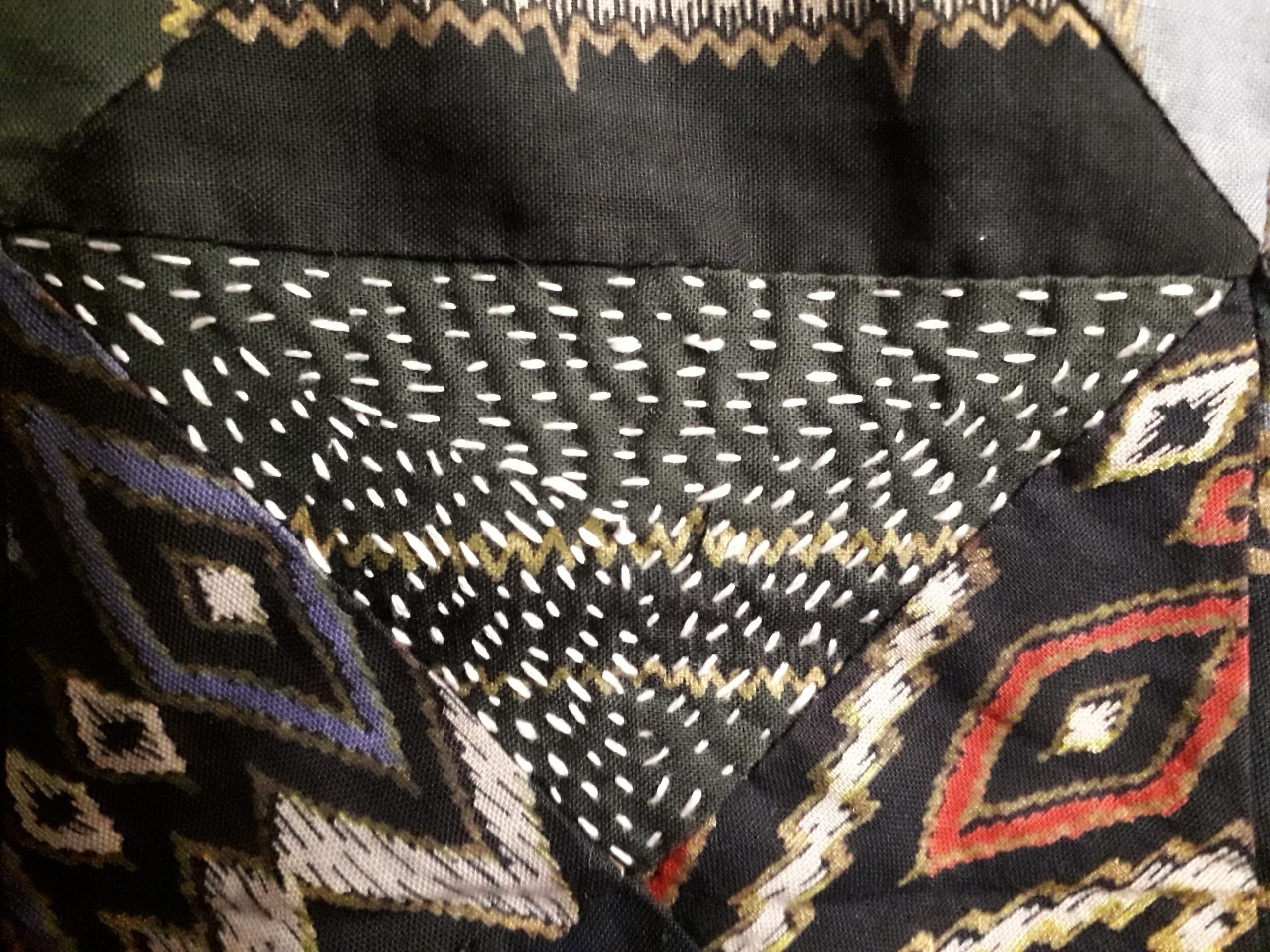And again a short moment to watch and listen to nature. Nature: Monet’s garden
From Sunday Morning, CBS Magazine program. Worth taking a look at the site generally.
Monthly Archives: January 2020
What Am I?
We struggle to know who we are, to define and be defined. To be valued, to be of value. To know and be known. To understand and be understood. In this tradition, humans are regarded as intrinsically empty of independent existence. Yes, we know and experience ourselves as individual and separate, functioning in the world along side other ‘separate’ beings. However, the sense of being a separated self, separate from other ‘selves’, fades. If given half a chance!
I am what I do?
No
I am what I think?
No
I am how I appear?
No
I am what I feel?
No
I am what I understand?
No
Doing, thinking, appearing, feeling and understanding are known as the five Skandhas or five aggregates or ‘heaps’ which are: form (or material image, impression) (rupa), sensations (or feelings, received from form) (vedana), perceptions (samjna), mental activity or formations (sankhara), and consciousness (vijnana).
Wikipedia for starters:
This post is for those suffering from long term degenerative conditions, and those who partner them. Over time and increasingly: no longer able to ‘do’ as they once did, not able to ‘appear’ thus ‘invisible in the world’, feelings are extreme/diffuse/confusing (you name it) thoughts are muddled and understanding dimming. This too is Buddha, we take care of Buddha. Note to self: ‘Aging’ is not a long term degenerative disease, however it surely does feel that way! sometimes.
Sewing – reclaiming calm and Solitude
And finally a brilliant article in the Guardian about sewing. I rest my case.
"When I began to research my book, exploring the social, emotional and political significance of sewing, I discovered that during the Second World War, women who had crafted quilts and signature cloths in POW camps hadn’t made them in jolly spirit-reviving sewing bees. Instead, each woman sewed privately, reclaiming solitude and individual expression among the overcrowded and claustrophobic atmosphere of a camp where they were registered as a number. Through their embroidery they made time for themselves and through their sewn autographs they asserted their identity."
https://www.theguardian.com/lifeandstyle/2019/feb/23/the-calming-effects-of-sewing-can-help-people-express-and-calm-themselves
Did I sign up for This?
I have been thinking about the relationship of developing dependence, over time, between ‘carer’ and cared for. Mother and ‘child’, husband and wife, professional carer and client (live in carer especially.) Not to mention all the other multiple relationships that grow when an individual needs help.
I’ve also been thinking about people I have worked with who developed some form of Autoimmune Disease MS (Multiple sclerosis) for one and Parkinson’s Disease for another.
Back in 1972, I worked for a voluntary organization coordinating young volunteers. Calls would come in for help needed for the elderly and infirm: gardening, decoration, shopping, cleaning. These requests would be matched to the volunteers. Peter, who had just been named ‘Man of the Year’, was the coordinator of the organization. Bound to his chair and not able to move his limbs, only one finger worked to switch on his speakerphone and his speech was weak. He had MS, was totally dependent on his mother for EVERYTHING, disarmingly handsome and ready for a laugh. When we met we would talk about his life in particular difficulties around dependence and his relationship with his mother. Months after I’d left I learnt he had got married! Imagine? While his mother was devastated, he had found love and perhaps some level of liberation.
Then there is a whole raft of people I know who developed Parkinson’s Disease. Mr Cook my employer, Alexander my colleague, Brian the ebullient one. My heart goes out, at times the outlook appears grim and hopeless both for the individuals concerned and for those who support them. Dancing for Parkinson’s people and in an interesting turn of events, my former Alexander Technique teacher is working wonders in Edmonton Canada to support those with compromised mobility.There are other AT Teachers working in this field all around the world.
Returning now to my original thought. To the relationship, human, emotional, practical between those in need and those who can and do meet that. I’ve been that person. I assisted Rev. Master Jiyu towards the end of her life, in the mid-1990s. I was never her ‘carer’, she was always my teacher. That was the basis, teacher/disciple, heart to heart along with all that goes with assisting, Testing times for sure. So looking past the dependence relationships talked about in this post, there is the unseen heart to heart level. Which sometimes gets lost sight of.
Let Candace have the last word, Parkinson’s has become interestingly and unexpectedly, my passion’.
Still stitching?
Yes. Yes to ‘lifting the needle’ as Rev. Master Jiyu would term the honorable art. And still in the sense of a certain calm or stillness that comes about when making stitches. One after the other, slowly. Slow sewing. Try it. Or, slow walking, slower talking (that’s one for me). Slower just about anything one tends to rush with.
